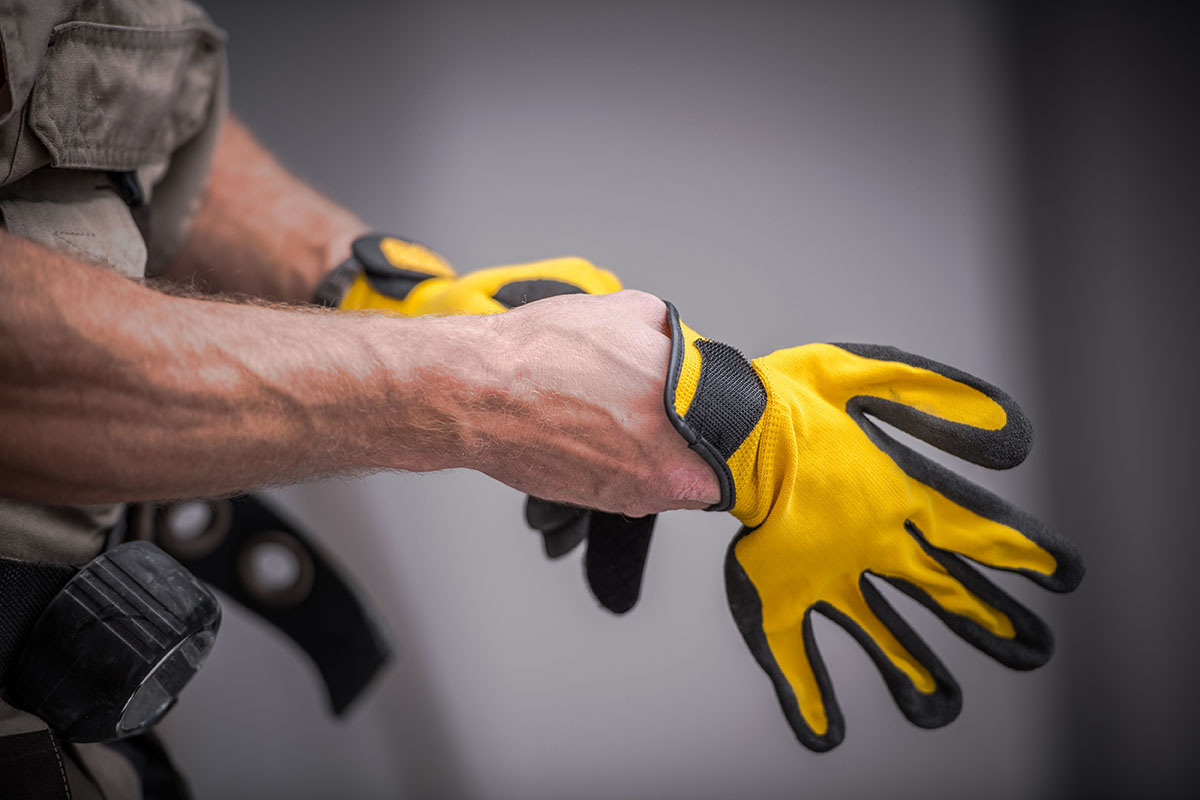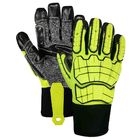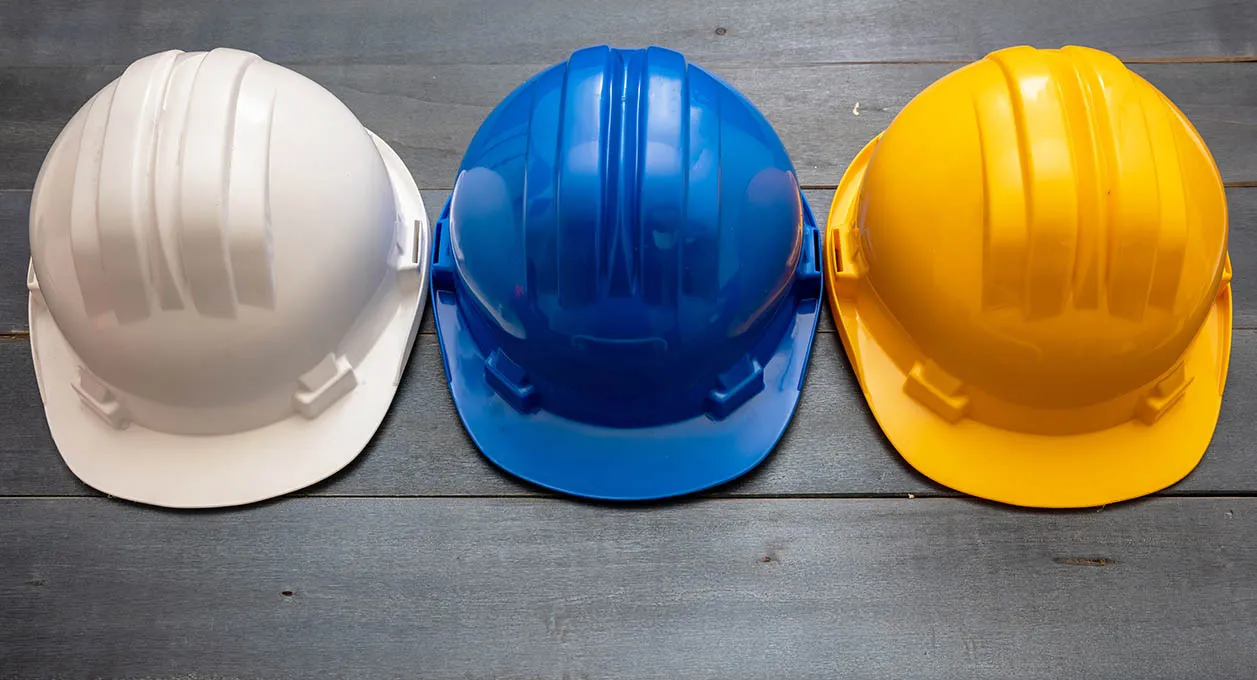During construction work, anti-vibration gloves are specifically designed to reduce the harmful effects of mechanical vibrations on the hands. They protect the hands from damage caused by vibrating tools such as hammers, drills, and compactors. In the following, we will provide a comprehensive overview of the features of anti-vibration gloves and how to choose the most suitable ones for the construction industry.
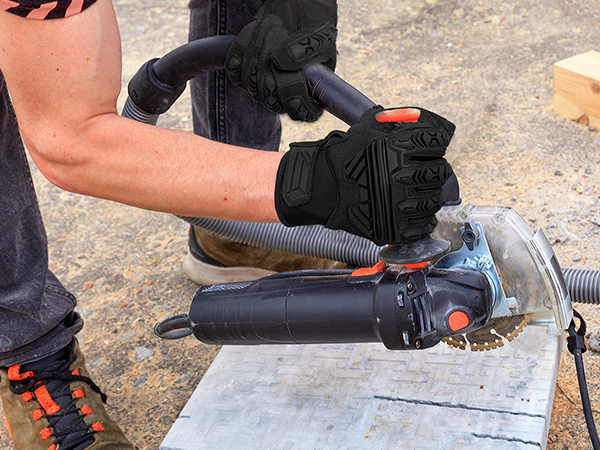
Anti-Vibration Gloves
Anti-vibration gloves can be made from a variety of composite materials. Vibration-dampening materials can be embedded in key areas such as the palm, fingers, and thumb crotch, or gels and air cushions may be built into the palm. Multi-layered structures may also be used to achieve cushioning and shock absorption.
Advantages
Shock Absorption and Pressure Relief
On construction sites, tools like electric hammers, drills, jackhammers, and cutters are frequently used for long periods. Prolonged exposure to high-frequency, strong vibrations may cause numbness, tingling, or even Hand-Arm Vibration Syndrome (HAVS). Anti-vibration gloves equipped with EVA foam, gel pads, or air cushions effectively reduce damage to nerves and blood vessels in the hands.
Fatigue Reduction
During long hours of high-intensity operations such as drilling, cutting, or demolition, muscle fatigue in the hands can occur. Anti-vibration gloves buffer these vibrations, improving comfort during use and increasing work efficiency.
Grip and Dexterity
Construction gloves need to balance both shock absorption and dexterity. With textured or anti-slip coatings made of nitrile or silicone on the palm, these gloves offer a secure grip, even in oily or wet environments.
Multi-Functional Protection
To adapt to complex environments—especially hazardous construction sites—gloves may be combined with other protective features to meet higher safety standards.
Adaptability to Extreme Weather
Anti-vibration gloves are highly versatile and can be tailored for protection under various weather or environmental conditions. Some models are even dustproof and waterproof.
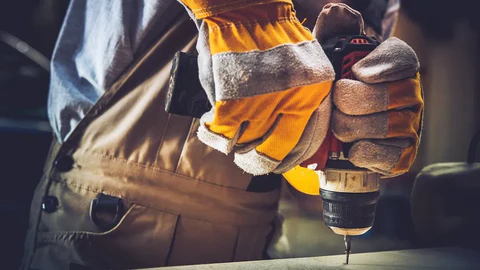
Applications
Demolition Work
In demolition tasks, workers often use electric drills, hammers, and concrete breakers. Anti-vibration gloves help absorb shock, reduce fatigue, and buffer impact to protect the hands.
Cutting Tasks
When using cutting machines or sharp tools, anti-vibration cut-resistant gloves provide dual protection for the palm and back of the hand, minimizing the risk of injury.
Carpentry and Drilling
For high-precision tasks like carpentry and drilling, gloves with internal padding can reduce bulkiness and improve coordination.
Paving and Compaction
When operating compactors or vibratory rollers, gloves with thick gel or foam padding are recommended to ensure durability while maximizing functionality.
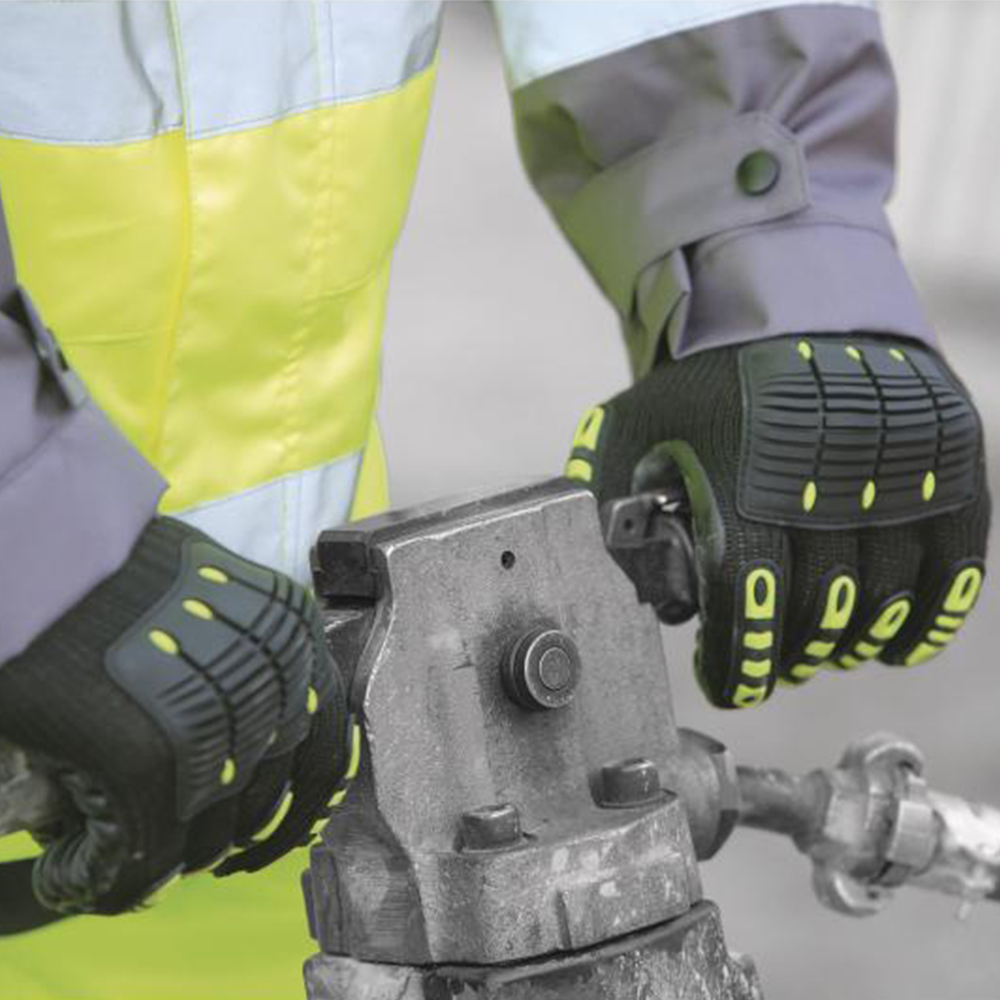
How to Properly Maintain Anti-Vibration Gloves
Proper care and maintenance are essential to ensure glove hygiene and extend their lifespan.
Cleaning: Wipe off dust, mud, or grease with a clean damp cloth. If the gloves are washable, use mild soapy water and follow the supplier’s cleaning instructions.
Inspection: Check for wear and tear on the palm, back of the hand, and fingertips before each use or at regular intervals. If you notice damage, worn-out padding, or glove deformation, replace the gloves immediately.
Effectiveness: During use, monitor whether the materials show signs of aging or hardening. Regularly check if the shock absorption and vibration damping properties have declined. If so, replace or repair the gloves.
Storage: After cleaning, store gloves in a cool, dry place away from direct sunlight to prevent material degradation or deformation.
Avoid Exposure: Keep gloves away from chemicals, oils, and solvents during storage to avoid material corrosion.
Complementary Personal Protective Equipment
To ensure full-body safety, it is advisable to use additional protective gear tailored to specific construction tasks:
Cut-Resistant Gloves: Designed to protect against cuts from blades, glass, metal edges, or cutting tools, these gloves provide both safety and dexterity for precision work.

Impact-Resistant Gloves: Built for heavy-duty tasks, these gloves absorb and disperse impact forces to protect the hands from sudden shocks and vibrations—ideal for demolition or high-risk work.

Safety Helmets: A crucial component of PPE, helmets protect the head from falling objects and impacts, ensuring safety and comfort on-site.

Conclusion
We hope this guide provides valuable insights to help you choose the right anti-vibration gloves for your construction tasks, including understanding key features, evaluating materials, ensuring proper fit, and checking certifications. Whether you’re working with heavy machinery or precision tools, we are committed to offering your hands the best protection.
Explore the full range of anti-vibration gloves at Aibon—a trusted brand offering high-quality choices at your fingertips.
Have questions or need assistance in selecting the perfect gloves? Feel free to contact us. We’re here to ensure your safety and comfort on every job.
How to Measure Glove Sizes – Source: AIBON
Latex gloves– Source: AIBON
Safety gloves– Source: AIBON
Working gloves– Source: AIBON


